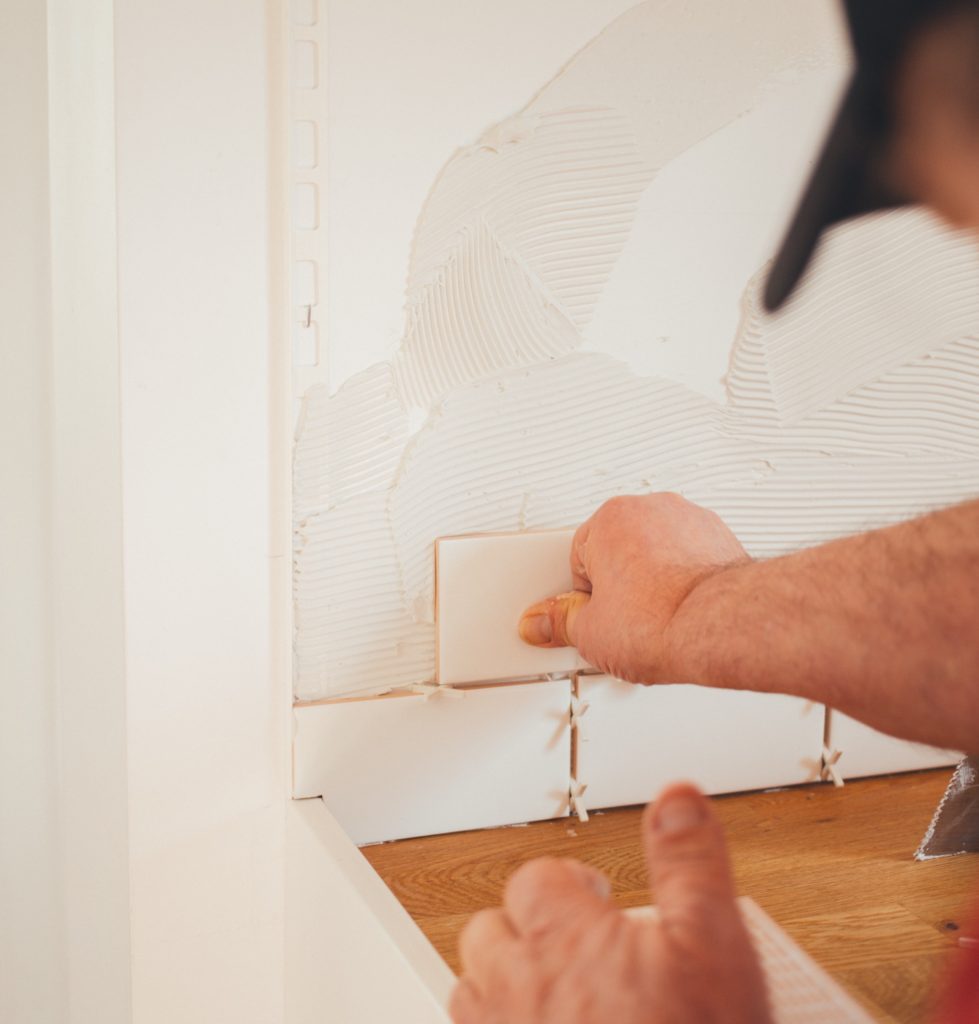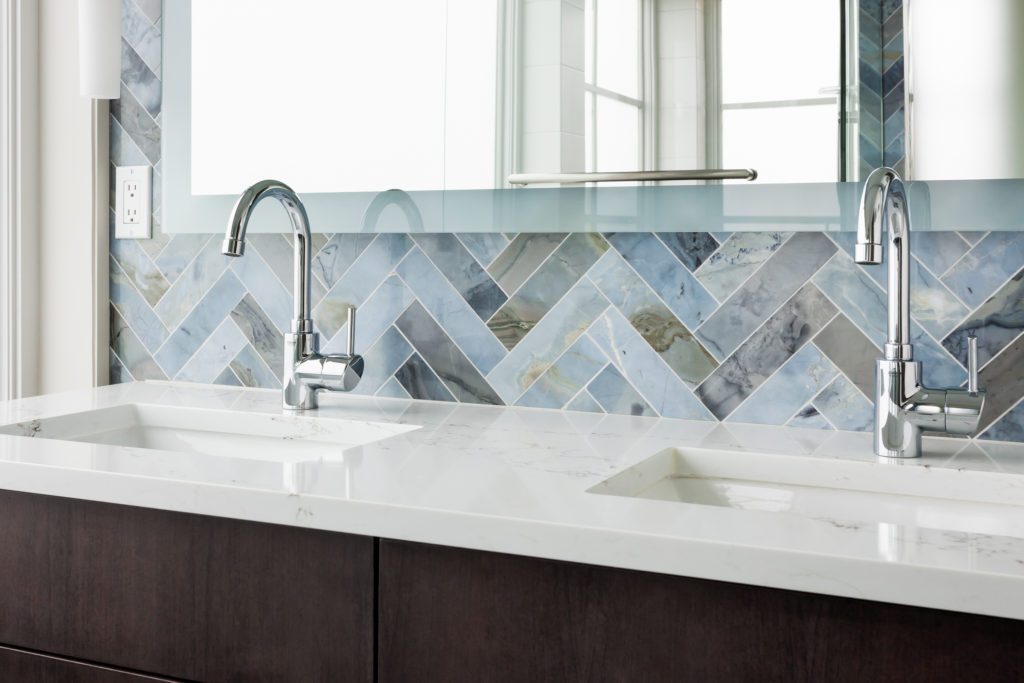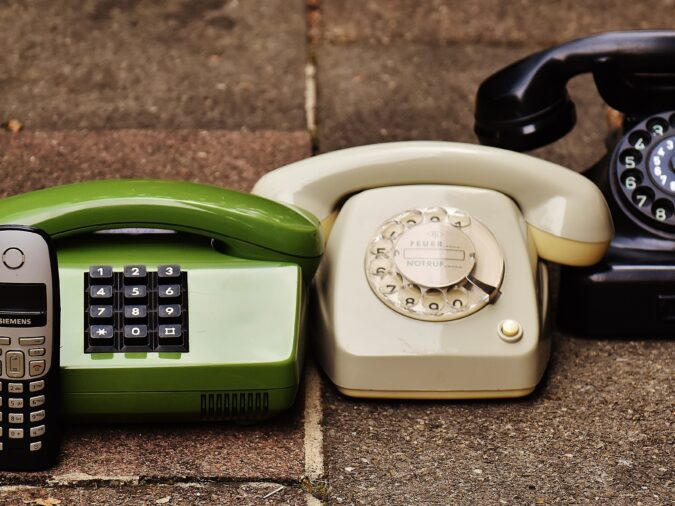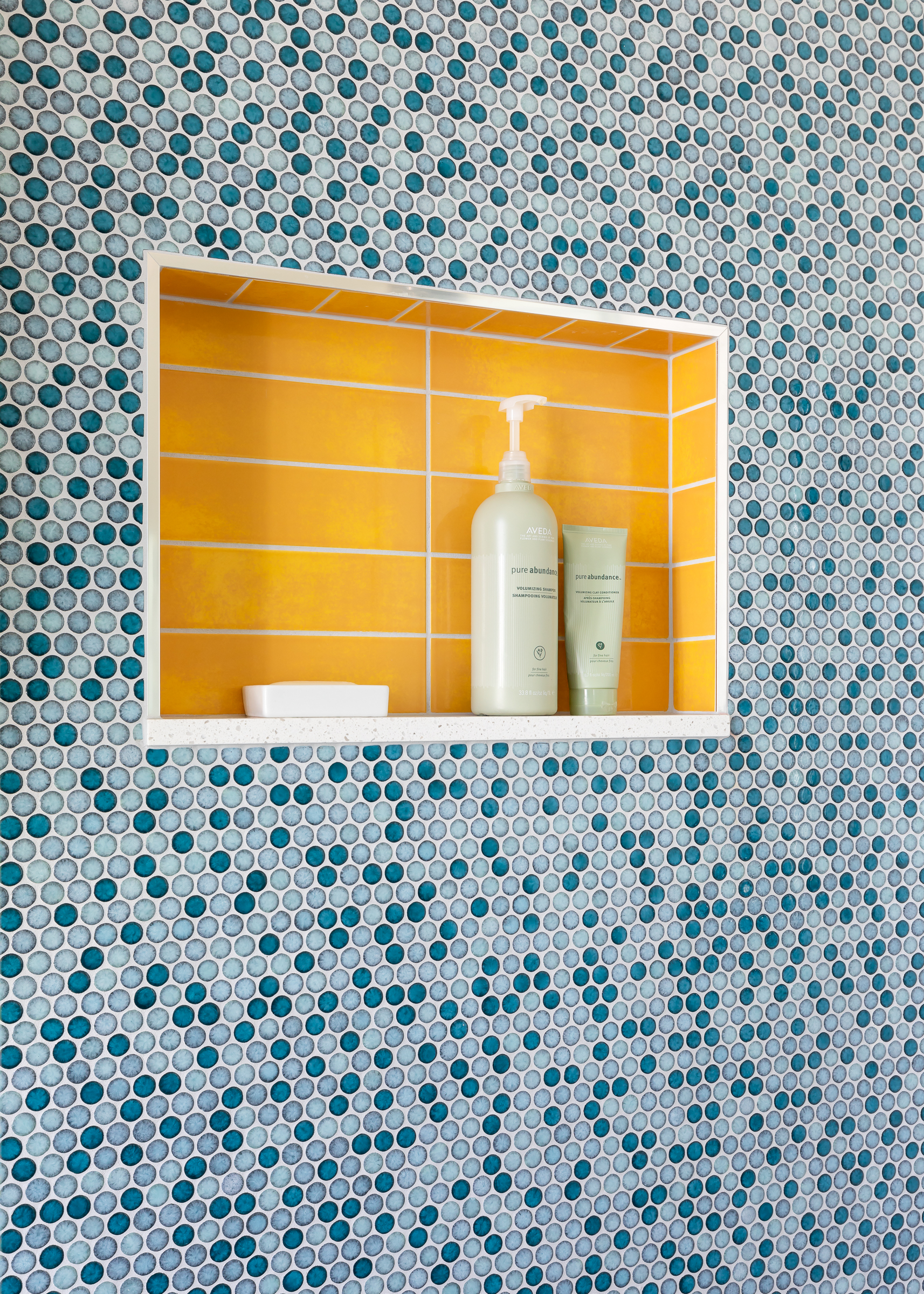What Your Tiler Wish You Knew
What Your Tiler Wish You Knew

Eager to get happy at home right now?
Get 10 tips for a happier home!
Our team likes to learn from the experts (aka, our contractors) so we asked tile installer extraordinaire Greg Norman of Greg Norman Tile and Designs to meet with us and give us the skinny on tilers and tile installation.
He generously shared with us his decades of knowledge about the labor, art, and precision that goes into installing your bathroom, kitchen, and fireplace tile. While Greg spoke prolifically about grout types, advancements in shower pans, and how to get the best edge on outside corners, our biggest takeaway was actually more closely related to you, the client!
Here’s what we think you should know before contacting a tile installer:
What Goes InTo Estimating a Project Cost

It’s difficult to estimate the cost of an installation if your tiler can’t see the what the project actually is. Often times our clients ask, “So how much would it cost to re-do my kitchen backsplash?”, and unfortunately, our answer is pretty close to “That’s a really tough question to answer and really depends on the project”. This is for a few reasons:
➤Tile installation is more than the cost of tile and grout! We can tell you that our clients usually choose tile that is between $5 and $50 per square foot, but that is only a part of the cost – you also have to pay for your tile installer’s time and expertise, and that labor cost will depend on the skill of the installer *and* your market (construction labor of all kinds is terrifyingly expensive in Seattle!!). That makes for a lot of moving parts when trying to ballpark a hypothetical backsplash.
➤ Unless you’re working with a blank canvas (like a painted wall), it’s not always clear what’ll be lurking under the surface of your existing tile (especially in those 1920’s bathrooms). Some surprises can be anticipated with a good eye and knowledge of the type of house or material previously used, but it may take more time and exploration to tackle those surprises as they come.
➤ SQUARE FOOT, OVERALL FOOTPRINT AND MATERIAL SIZE MATTER! Mosaics will take more time and skill to install, especially over a large stretch of space that has a few twists and turns. Conversely an 50-50 offset subway tile is a little more of straight forward installation, but can still have its challenges. Every good estimate from an experienced installer takes in to account the amount of time needed to figure out the physical layout of tile, as well as to set it. (Watch out – some of those gorgeous, trending tile layouts may *look* simple (like a herringbone) but they are sneakily difficult, and that installation challenge will add $$ to the labor costs!)
SO, WHAT CAN YOU DO? When reaching out to a tiler installer for a bid, include a few pictures of both the space you want to have tiled, and the tile you’d like to use, and send measurements of the area you want to cover along with size of the tile you have in mind. With everyone starting at the same understanding of scope, your initial consultation time might be able to be used more efficiently.
Remember: Every business works differently, so while it’s helpful for some people to get a sense of scope before they walk into a space, others may not have the time to devote to both email correspondence as well as an in-person consultation. It’s great to be helpful and it never hurts to show preparation, but it’s also important to manage your expectations and be flexible when necessary!
Experience is Everything!

As I mentioned in my blog about grout type, you won’t notice your grout’s function until it fails you. This logic applies to your tile installation, too. Not only do the simplest looking tile layouts require a seasoned installer (that’s why the finished product looks so simple) but we always like to say that a great tile installation can make cheap tile look amazing, and a bad tile job can make even the most expensive tile look cheap! If you’re on a budget, choose a less expensive tile, and spend your money wisely on a great installation! The size and shape of your tile and its placement will be key in determining the level of skill needed for the job.
SO, WHAT CAN YOU DO? Do your research and ask the right questions! Make sure you are able to look at some examples of your installers previous work to get a sense of your job in relation to their skillset. If you don’t know the difference between a good and bad tile job, go visit some open houses of homes on the market, and pay attention to the size of grout lines, straightness of tile lines, and how any exposed cut edges are finished at the ends of backsplashes or around shampoo niches. You’ll start to get a good sense of your tolerance for sloppy tile work.
Then, when you meet with your installer for an estimate, pay attention to how they talk about the job – If they can clearly explain how they’re going to approach the installation, chances are they also understand what their limitations are and can refer you to someone they feel would be a better fit.
You’ll Probably Need More Than Just a Tiler

Depending on your project type and size, you may need to add a few more people to your team. Even the smallest project may benefit from having a general contractor of some kind. Your tile installer can lay the tile, but let’s say, for example, you want to add tile to your living room fireplace. If you also plan to mount your TV over the fireplace, and maybe add a new mantle, then you can’t rely on the tiler for that work. They can lay the tile, but *someone* (not the tiler) will need to run the power, touchup and re-texture any surrounding sheetrock, and paint the walls if needed. That means you may need an electrician, a sheet rocker, a painter, and a carpenter. It might be you, but *someone* (again, not the tiler) has to be in charge of finding and coordinating the different craftspeople who’ll be helping make your small project a reality.
If you do decide you want someone to project manage your installation, avoid calling the big GC companies unless they have a small projects division – you’ll pay too much. The perfect fit will often be a small outfit – a one-guy firm like one of our favorites, Bob Stocco of Bob of All Trades. Unlike a lot of handymen he’s licensed and bonded like the big guys, but he’s helping at a handyman level, so he won’t overcharge for your small projects.
SO, WHAT CAN YOU DO? If your tile installer doesn’t bring this up in during your consultation, bring it up yourself with a question like – “what services do you provide, do you have folks like painters and electricians you work with for the extras needed on a project, and what other craftspeople do you see us needing to fully complete this project?” Most folks aren’t thinking ahead for the client like Greg does, and will just bid your tile installation and assume you have the other parts covered, leaving you with a long and unexpected to-do list when they leave.
Spend Your Money Well

We all want to save money, especially with the sky-high prices in Seattle, but since your project *will* cost money, just make sure you spend it smartly! You don’t have to hire a General Contractor, but if you don’t then you need to be prepared to do that project coordination yourself. And (assuming you have the time, energy, and interest in that role and potentially a steep learning curve) that is a-okay! But try to have a clear sense of what you are getting yourself involved in – especially if you are already working a full time job and/or raising a family. A great GC is an asset to your remodel (and your life) and takes on the role of facilitator and manager and more importantly, understands the importance of specialty. Their job is to not only take on the stress and worry of your project, but to make sure the job is getting done right. Check out this blog on hiring a great GC.
![]()
SO, WHAT CAN YOU DO? Take a step back and recognize the skills that a professional brings to the table. Not only do they have the knowledge, but they can take on the stress of a project, leaving space for you to live your life without one more thing to worry about. Think about your project and how many moving parts there may be. It you truly are just adding tile to a wall and don’t have to consider other elements, hire your tiler, and just be prepared to do a little touch up painting when they leave. No big deal.
Hopefully having these tools in your toolbox will help you go into your next tile project (or any project), not only more informed but also primed to be a great partner to your tiler and any other professionals you have working on your home! Ready to chat design ideas? We’d love to meet virtually through a Design Helpline!
And if you’re looking for a tile installer, Greg Norman does fantastic work and should be one of your first stops in shopping for a tiler. Take a look at his instagram and send him an email or text to connect with him directly! Thanks again, Greg for a wonderful training!
May your home (and your contractor relationships) always BE happy!


HI, I'M REBECCA WEST!
I’m an interior designer, author, podcaster, speaker, and coach to other designers. (Whew!) But I’m not your classic interior designer because, frankly, I don’t care if you buy a new sofa. I do care if your home supports your goals and feels like “you.” Remember, happy starts at home!
More From Seriously Happy Homes
Are you ready for a seriously happy home?
(Cue the confetti!)

Eager to get happy at home right now?




